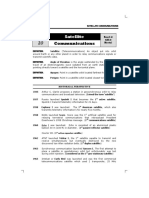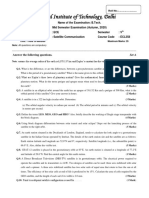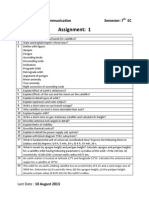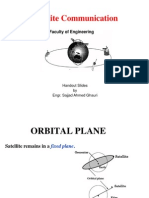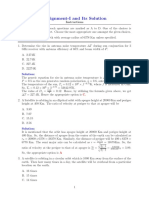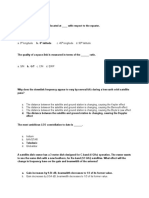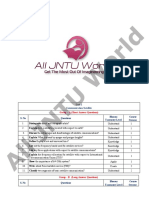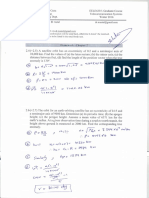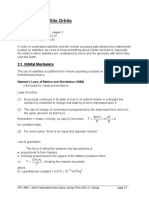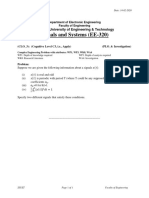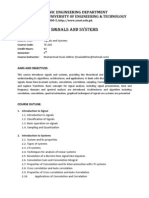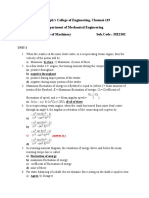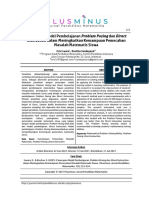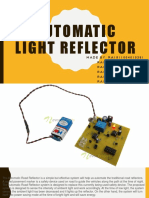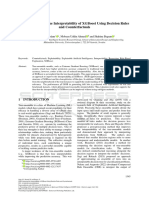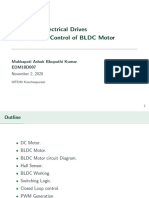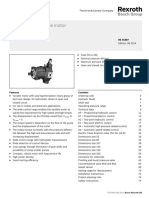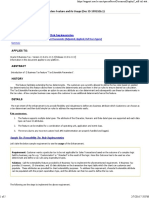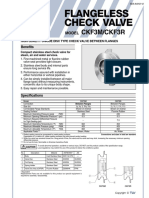0% found this document useful (0 votes)
160 views8 pagesSatellite Orbit Calculations
This document contains solutions to several problems involving satellites and orbital mechanics. The first problem calculates the Julian date corresponding to a given time. The second problem calculates the orbital parameters needed for a satellite to be geostationary. The third problem calculates orbital elements like period, altitude, and time of perigee passage for an elliptical satellite orbit. The fourth problem calculates the subsatellite point longitude and latitude, orbital period, and look angles for different satellite and ground station positions.
Uploaded by
OvaisAkhterCopyright
© © All Rights Reserved
We take content rights seriously. If you suspect this is your content, claim it here.
Available Formats
Download as PDF, TXT or read online on Scribd
0% found this document useful (0 votes)
160 views8 pagesSatellite Orbit Calculations
This document contains solutions to several problems involving satellites and orbital mechanics. The first problem calculates the Julian date corresponding to a given time. The second problem calculates the orbital parameters needed for a satellite to be geostationary. The third problem calculates orbital elements like period, altitude, and time of perigee passage for an elliptical satellite orbit. The fourth problem calculates the subsatellite point longitude and latitude, orbital period, and look angles for different satellite and ground station positions.
Uploaded by
OvaisAkhterCopyright
© © All Rights Reserved
We take content rights seriously. If you suspect this is your content, claim it here.
Available Formats
Download as PDF, TXT or read online on Scribd
/ 8




















